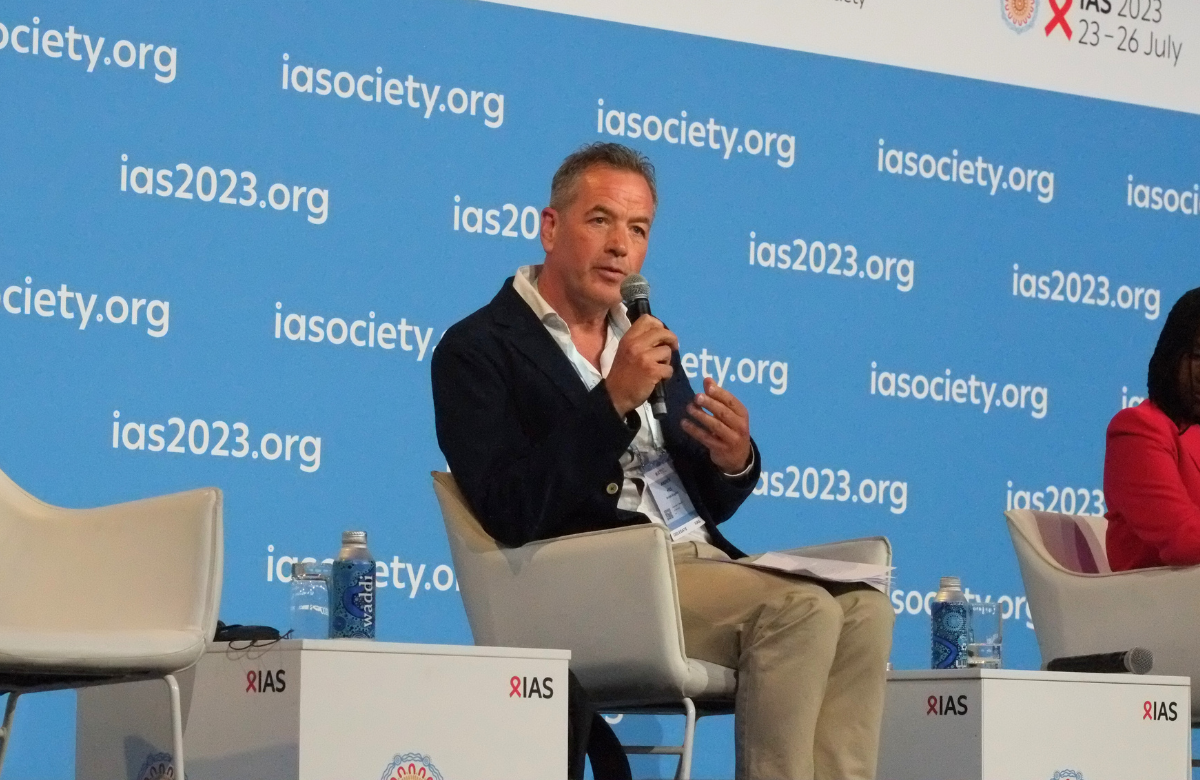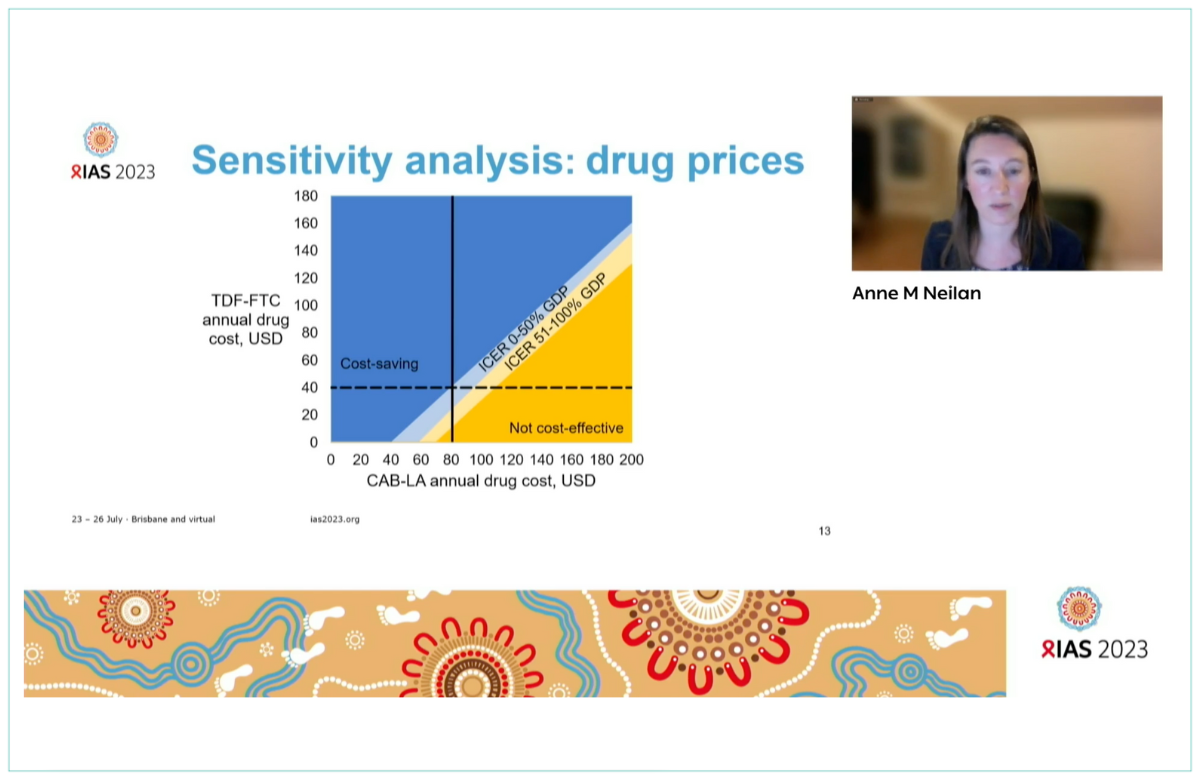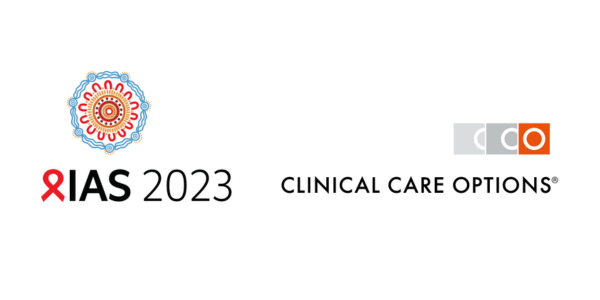Key population services after Uganda’s Anti-Homosexuality Act

The Anti-Homosexuality Act, which President Museveni signed into law on 26 May 2023, criminalises homosexual behaviour, with sentences from 10 years to the death penalty. It also prohibits promoting homosexuality, which is not clearly defined and could criminalise HIV prevention and community outreach activities. Failure to report anyone suspected of violating this law is also considered a crime.
The US Ambassador to Uganda, Natalie Brown, came to the 12th International AIDS Society Conference on HIV Science (IAS 2023), in Brisbane, Australia to draw attention to the issue.
“From before the law was passed up to today we continue to see examples of people denied treatment and people being reported to the police when they seek treatment,” she said. “Individuals are being fired from their jobs and evicted from their homes, increasing their vulnerability to exploitation. And the numbers are growing of people fearful of simply seeking healthcare or reporting abuse.”
Dr Vamsi Vasireddy, who leads the US President’s Emergency Plan for AIDS Relief (PEPFAR) programmes in Uganda, described the impact on the 84 drop-in centres across Uganda that provide HIV prevention and treatment services for key population clients. Besides the drastic reduction in clients, other immediate impacts were the temporary closure of four centres, and increased assaults and evictions of men who have sex with men and transgender people.
In March, PEPFAR began to implement measures including telehealth interventions and key-population-led apps. Home delivery of antiretroviral therapy, condoms and PrEP (regular medication to prevent HIV infection) were made available. Safety measures were reinforced at centres, and multi-month dispensing was scaled up. These measures have resulted in a gradual increase in clients at three drop-in centres, to around 50 per week, although other centres have not seen a similar increase despite interventions. Efforts to secure drop-in centres continue.
“The constitutionality of the law is now with the Ugandan courts and the United States continues to monitor developments closely,” Ambassador Brown told the conference. “We are concerned about protecting the human rights of all Ugandan citizens. We want to ensure our investments in health, especially in HIV and AIDS, reach the intended beneficiaries, like key populations.”
Integrase inhibitors raise the risk of diabetes regardless of weight gain

At IAS 2023, Dhanushi Rupasinghe, an epidemiologist at the Kirby Institute, University of New South Wales, presented an analysis of the relationship between weight gain on antiretroviral treatment and diabetes risk in people with HIV in the RESPOND cohort study.
The RESPOND study combines data from 19 cohorts of people with HIV receiving treatment in Europe and Australia. The study included 20,865 people, followed for a median of 4.8 years.
During the follow-up period, 4% of participants developed diabetes, defined as either a blood glucose measurement above 11.1mmol/l, or HbA1c above 6.5% or 48mmol/l, or the use of antidiabetic medication. The incidence rate was 7.8 cases per 1000 person-years of follow-up.
Four factors were associated with an increased risk of developing type 2 diabetes. People taking an integrase inhibitor had a 48% higher risk of developing diabetes compared to people taking other antiretroviral regimens. Black people and people of other ethnicities had an approximately 80% higher risk of developing diabetes compared to White people. People with high blood pressure or low CD4 counts were also more likely to develop diabetes.
Although body mass index was strongly associated with diabetes and the effect became more pronounced in people with obesity (as in the general population), the increase in risk for diabetes associated with taking integrase inhibitors was independent of weight.
Although integrase inhibitors raised the risk of diabetes, the absolute number of additional cases was small. Three people were estimated to develop diabetes as a result of taking an integrase inhibitor for every 1000 person-years of follow-up. The researchers concluded that further research is needed to understand the mechanism that leads to a higher risk of diabetes when taking integrase inhibitors.
People with HIV remain at higher risk of dying from COVID-19 in the Omicron era

Deaths from COVID-19 have fallen much less sharply in people with HIV compared with the rest of the population since the arrival of the Omicron variant, the World Health Organization (WHO) reported at IAS 2023. A study found that one in five people with HIV admitted to hospital with COVID-19 died during the Omicron wave compared to one in ten people without HIV.
The Omicron variant of SARS-CoV-2 emerged in late 2021 and replaced other variants as the cause of almost all hospital admissions for COVID-19. Although more transmissible than previous variants, it became apparent that Omicron was less likely to cause severe illness than the preceding Delta variant.
But there were hints that Omicron continued to cause higher levels of serious illness in people with HIV. A previous WHO analysis, looking at the period up to May 2022, found a higher risk of death in the Omicron wave in South Africa among people with HIV compared with the rest of the population.
To explore this further, WHO researchers analysed data on 821,331 people admitted to hospital with COVID-19 in 38 countries. They compared outcomes after hospitalisation by HIV status between three waves of the pandemic: the pre-Delta wave in 2020, the Delta wave in 2020-21, and the Omicron wave in late 2021-early 2022. Just over 5% of cases (43,699) were reported in people with HIV. Around 90% of the data on people with HIV was contributed from South Africa; the researchers did not report whether results are consistent across global regions.
Overall, 19% of people without HIV and 23% of people with HIV died after hospital admission. Among people without HIV, the death rate steadily declined during each phase of the pandemic, from 22% in the pre-Delta wave to 20.9% in the Delta wave and 9.8% in the Omicron wave.
But in people with HIV, the reduction was modest. The death rate in people with HIV was 24.2% in the pre-Delta wave, 23.4% in the Delta wave and 19.6% in the Omicron wave.
Vaccination was associated with a 39% lower risk of dying after hospital admission in the Delta wave and a 38% lower risk in the Omicron wave.
“These findings emphasise the need to implement WHO recommendations for giving booster vaccine doses for all people living with HIV even during the less severe and low incidence SARS-CoV-2 variant waves,” the researchers concluded.
What transgender women across Asia want in PrEP

If PrEP (regular medication to prevent HIV infection) was provided in ways that work for transgender women in Asia, then uptake in this population could increase to up to 87%, research presented at IAS 2023 found. The key elements include that PrEP would be free, injectable, have no side effects, could be accessed through peer-led community clinics every 6-12 months, and testing for sexually transmitted infections would be offered as an additional service at the clinics.
Over 15% of people with HIV live in the Asia-Pacific region, where there are 260,000 annual new diagnoses. Trans women are particularly vulnerable, with a 66 times higher risk of acquiring HIV than the general population. It is therefore important that services providing PrEP work for trans women in these countries.
Warittha Tieosapjaroen from the Melbourne Sexual Health Centre and colleagues conducted a study to evaluate the most important factors influencing the decision to use PrEP among trans women in 11 Asian countries. An online survey was distributed to 1522 trans women through dating apps, social media platforms, local trans community mailing lists and social media influencers.
Cost was the primary factor influencing the decision to use PrEP (ranking at 62%). This was followed by the type of PrEP (10%), location (8%), extra services (8%), visit frequency (7%), and side effects (5%).
A poster presentation from the same survey revealed that the adoption of oral PrEP in Asia has been much slower than the intended regional goal for 2025. Currently, only 3% of the 4 million target has been reached. However, the study also highlighted a significant demand for PrEP among transgender women that remains unmet. Almost 35% of those with unmet PrEP need had heard of PrEP and wanted to take it but had never done so.
Adherence counselling reverses viral rebound on dolutegravir in 95% of cases

Treatment guidelines recommend that if people taking an NNRTI such as efavirenz experience viral rebound above 1000, they should switch to another regimen. Resistance to NNRTIs develops quickly after viral load rebound.
Resistance to dolutegravir develops less easily. World Health Organization guidance recommends an alternative approach of providing enhanced adherence counselling and repeating the viral load test three months later, to check for re-suppression.
Dr Hill and colleagues looked at the outcomes for people who experienced viral rebound above 1000 in the ADVANCE study. The trial compared two dolutegravir-based regimens with an efavirenz-based regimen in 1053 people with HIV in South Africa.
The study compared the time to first viral suppression, time to viral rebound and time to viral re-suppression. The rate of virologic failure, defined as one viral load measurement above 1000, did not differ significantly between the study arms during 192 weeks of follow-up.
However, the rate of viral re-suppression was significantly higher in the dolutegravir group compared to the efavirenz group at week 24. Eighty-eight per cent of people receiving dolutegravir and 46% of people receiving efavirenz re-suppressed viral load by week 24 (95% and 66% by week 48). However, the proportion of people who remained on efavirenz after viral rebound was smaller.
The study investigators say their findings support the recent South African guidelines, which recommend that people with viral rebound should only be switched from dolutegravir if they have integrase inhibitor resistance mutations. The findings suggest that if people are having adherence difficulties when taking dolutegravir, addressing these difficulties ensures they stay on a simple, affordable antiretroviral regimen for longer.
Will injectable PrEP ever be cost-effective at achievable prices?

Two studies of switching from oral to injectable PrEP in upper middle-income countries have found that the price of injectable long-acting cabotegravir would have to drop to considerably less than $100 a year for it to be cost-effective in terms of stopping more infections, and saving more money in future healthcare costs, than using oral tenofovir/emtricitabine.
People with HIV are not at greater risk for severe mpox unless they are immunosuppressed

People living with HIV are not more likely to be hospitalised with severe mpox (formerly known as monkeypox) unless they have advanced immune suppression, according to a large World Health Organization analysis. The findings highlight the importance of HIV testing and prompt initiation of antiretroviral therapy to preserve immune function.
Data analysis from Clinical Care Options

Engage in the analysis of data presented at IAS 2023, with rapid post-conference webinars by expert faculty on key HIV prevention strategies, treatment studies, and new and investigational treatment regimens, provided by Clinical Care Options. Watch the on-demand webinars, download the slides, and gain global perspectives with companion ClinicalThought commentaries.
